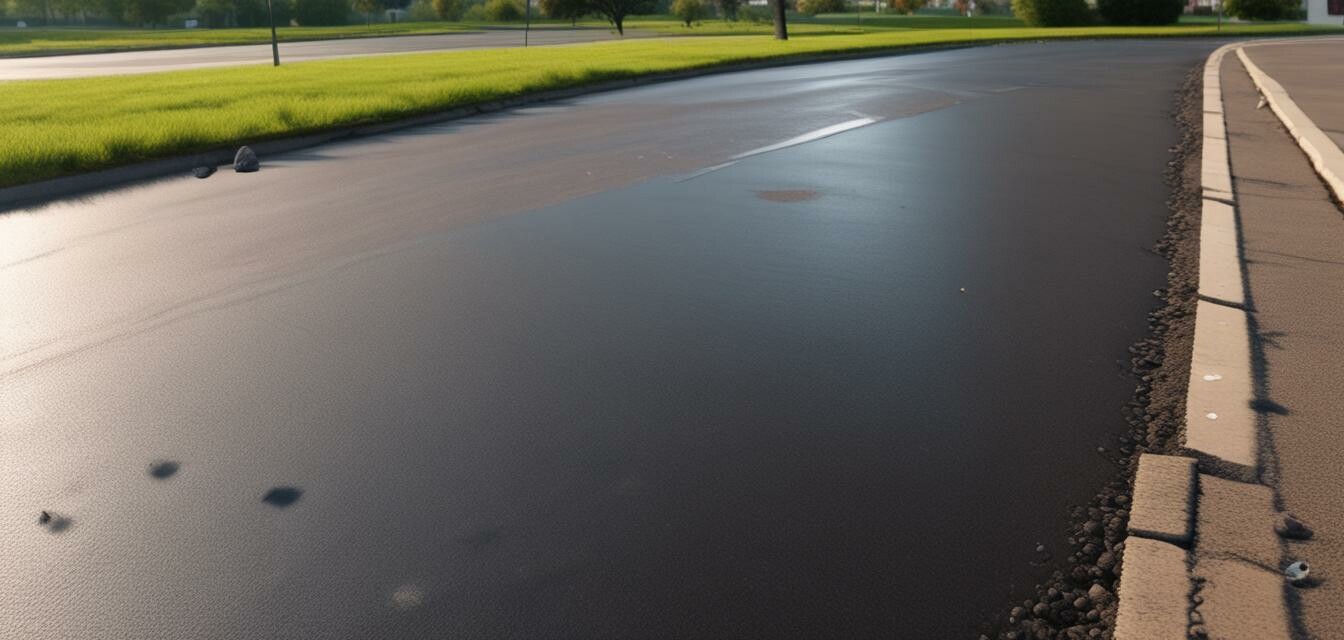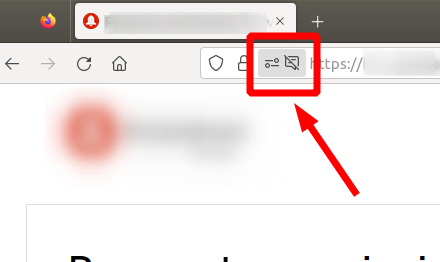
Fixing drainage issues in asphalt pavements
Key Takeaways
- Identifying drainage issues early can prevent extensive damage to asphalt surfaces.
- Proper grading and installation of drainage systems are crucial for long-term performance.
- Regular maintenance and inspections can minimize future issues.
Asphalt pavements can experience drainage problems, which can lead to significant issues such as cracking, potholes, and reduced lifespan. Understanding how to identify and fix these problems is essential for contractors, DIY enthusiasts, and property owners. In this guide, we'll explore effective methods to handle drainage issues in asphalt surfaces.
Common drainage problems in asphalt pavements
To fix drainage issues effectively, it’s important first to identify the common problems. Here are a few typical drainage problems:
| Drainage Problem | Description |
|---|---|
| Standing Water | Water collected on the surface, indicating poor drainage. |
| Cracks | Cracks in the surface allowing water infiltration, leading to further damage. |
| Potholes | Deep holes in the pavement formed by erosion due to trapped water. |
| Gradient Issues | Pavements with improper slope, preventing water runoff. |
Identifying drainage issues
Regular inspections of your asphalt surfaces will help you spot potential drainage issues early. Here are the steps you can follow:
- Inspect your asphalt pavement after heavy rain.
- Look for any areas where water stands for more than 24 hours.
- Check for surface cracking or deformation.
- Examine the edges of the pavement for erosion.
- Monitor the performance of existing drainage systems, such as catch basins and gutters.
Effective methods for fixing drainage issues
Once issues are identified, it’s important to implement effective solutions. Here are some strategies for fixing drainage problems:
1. Re-grading the pavement
Pavements that have settled or sagged can often be re-graded. This involves:
- Removing the top layer of asphalt.
- Adjusting the base material to create an appropriate slope.
- Re-paving the surface.
After re-grading, ensure that the pavement has a slope of at least 1-2% towards drainage points.
2. Installing or improving drainage systems
A functional drainage system is essential for long-lasting pavement. Consider these options:
- French Drains: Trenches filled with gravel and a perforated pipe to redirect water.
- Catch Basins: Installed at low points to collect and drain surface water efficiently.
- Gutters: Adding gutters along the edges of pavements can help direct water away from the surface.
3. Sealing cracks and filling potholes
Addressing minor cracks and potholes can prevent them from expanding. Follow these steps:
- Clean the area thoroughly to remove debris and moisture.
- Apply a suitable crack filler or patching compound.
- Smooth the surface with a trowel.
- Allow it to cure completely.
4. Regular maintenance
Maintenance is key to preventing drainage issues from returning. Regular tasks include:
- Inspecting drainage systems regularly.
- Cleaning gutters and catch basins to prevent blockages.
- Filling in cracks and potholes as soon as they appear.
- Periodic re-sealing of the asphalt surface to prolong its lifespan.
When to seek professional help
While many drainage issues can be fixed DIY, it’s often wise to consult professionals for:
- Severe drainage problems.
- Public roadways where regulations are strict.
- Complex grading and drainage solutions that require specialized equipment.
Pros
- Extended lifespan of asphalt surfaces.
- Improved safety for users, reducing accidents related to water accumulation.
- Prevention of costly repairs and maintenance in the future.
Cons
- Initial cost for repairs can be significant.
- Requires ongoing maintenance to ensure effectiveness.
- Some drainage solutions may alter the property landscape.
Conclusion
Addressing and fixing drainage issues in asphalt pavements is not just about making the surface look good. It's crucial for the longevity and durability of your asphalt. By identifying problems early, applying effective fixes, and committing to regular maintenance, you can ensure a safe and lasting pavement. For more tips on asphalt paving, check out our how-to guides section.

